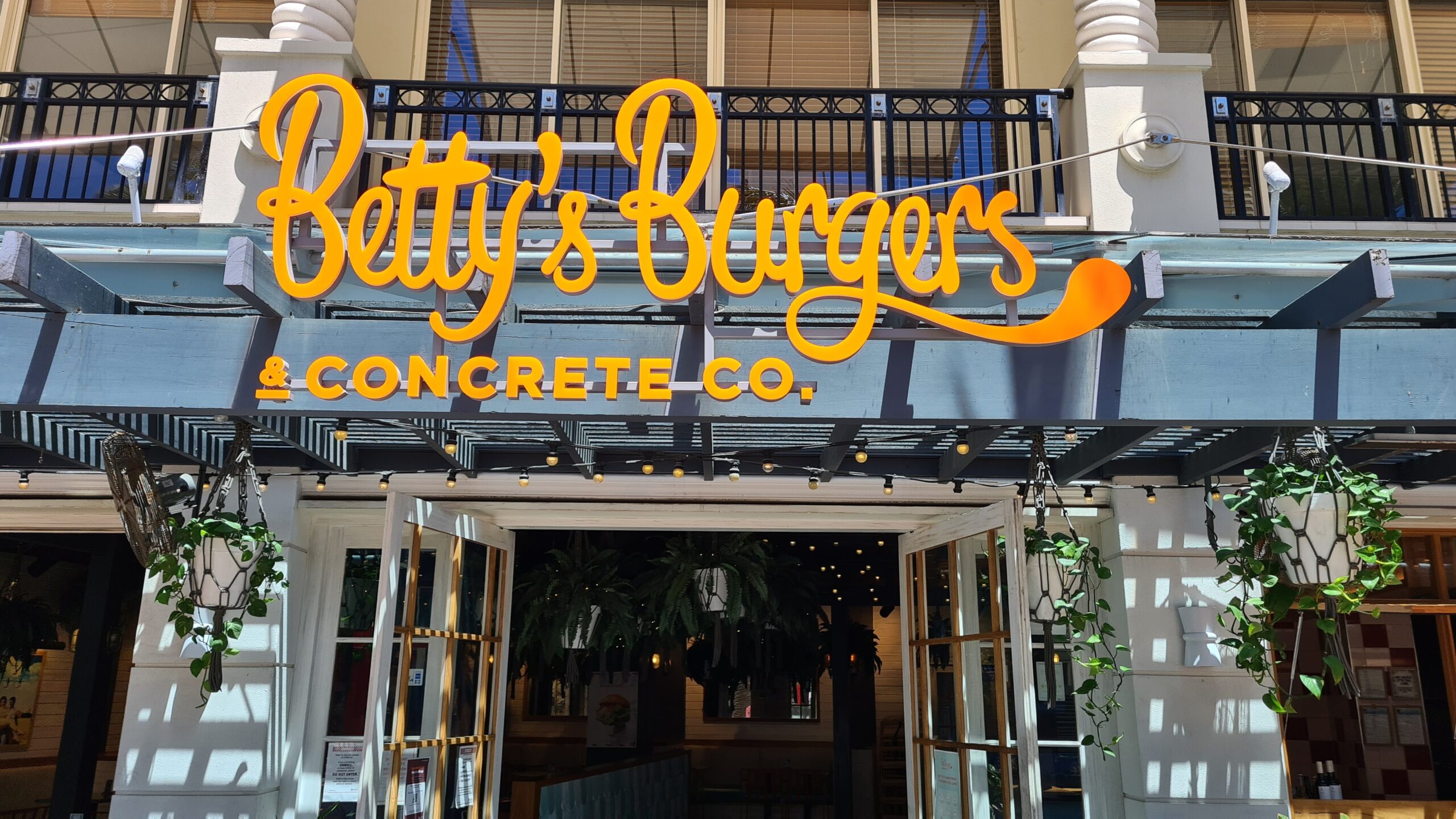Estimated reading time: 5 minutes
Did you know people began using modern marketing in the 1950s? Over the last few years, the field of marketing has grown exponentially thanks to the need to fine-tune how a business sells products and services to consumers.
The field has grown so much that companies now form joint partnerships (co-branding) to promote products and services. However, co-branding doesn’t have to be a partnership. It’s more of collaboration since partnership implies that the companies are joined together by an agreement.
As a marketing major, you know how hard it is to balance school, personal life, and work. It may be also beneficial to form partnerships to lessen the workload. Consider the help of native writers from EssayHub essay writing service for your academic assignments. There is no need to fail to submit your assignment or submit subpar work because you didn’t have enough time to work.
You can easily ask for help and stay assured that EssayHub will do everything to a high standard. There are no plagiarism, grammar errors, or mistakes that can cost you.
If this doesn’t convince you, check out the EssayHub review on NoCramming for peace of mind. Finding the right team of writers can be hard, but by searching for their reviews online, you can confidently decide the kind of writers you want.
Now that you know where to seek help for your marketing essays let’s jump into everything you need to know about co-branding.
What Is Co-Branding?
It is part of a marketing strategy that involves pulling businesses together to form a strategic alliance to market a product or service, also known as a brand partnership. The strategy combines each company’s:
- identities;
- values;
- resources;
- market strength to develop a product or service that consumers find worthwhile.
It is highly effective in that it has a far greater impact than the companies working individually.
Once the strategy succeeds, the parties involved will receive increased profits, a larger customer base, and more positive association. On the other hand, those that fail will probably not earn money, but the losses and risks will be spread among the involved partners.
Different Types of Co-Branding
There are several types of co-branding strategies out there, but the four most common are:
Ingredient
This involves a more popular company coming together with another popular company. Professionals use the components of one of the brands on the product and services of the other brand. Each Individual’s product is held together under the protection patents.
Composite
Also known as joint venture co-branding, it refers to two renowned companies. They join their effort to form a successful product or service that wouldn’t succeed alone when created by the individual companies. It can mean a company creating a new product or service or improving an already existing product or service.
National to Local
This is a type of partnership that brings together local and national-level companies to increase brand awareness and revenue. An example of this kind of partnership is a vehicle manufacturing company partnering with local car dealerships.
Multiple Sponsor
Two companies or more can come together to form an alliance that shares technology and promotes events. This type of partnership is mostly used in athletic events and concerts.
Examples of Some Successful Co-Branding Partnerships
GoPro and Redbull

GoPro (the camera company) and Redbull (energy drink company) came together as a multiple sponsor co-branding partnership and created the Redbull Stratos Mission. Felix Baumgartner performed at the historic event in the freefall from 128,000 feet above the earth’s surface. The two companies worked together to solve technological issues, created promotional campaigns, and filmed the record-breaking event.
Doritos and Taco Bell
Doritos and Taco Bell came together and created a new Doritos Locos Taco in an ingredient partnership strategy. The resulting product was so successful that it sold more than 100 million units in the first ten weeks. This partnership benefited each company.
Coca-Cola and Red Cross
Coca-Cola and the Red Cross have teamed up since 1917 to support communities affected by disasters. The Coca-Cola company benefits by having volunteers, regular funding, and a good reputation in the community.
Dawn and The Bird Rescue
The two companies came together to help rescue birds affected by oil spills. Dawn is a detergent company, while The Bird Rescue is an organization that helps in rescuing birds. Both companies benefited in a major way.
Hershey and Betty Crocker
Hershey, a candy company, came together with Betty Crocker to form some of the most desirable baking products you can find in grocery shops. Betty Crocker incorporated the candies into their frosting and baking mixes.
Benefits of Co-Branding
- Co-branding excites consumers. Customers look forward to seeing how the individual companies work together and what kind of product and service they come up with.
- It provides an opportunity to create trust among a new customer base.
- It is cost-effective. When businesses come together, they split resources in developing and promoting a product or service.
- It creates an opportunity for each company to gain exposure to each other’s customer base.
Final Word
To recap, co-branding is a strategic collaboration between companies to promote a product or service. If you study marketing, the above points will give you insights into this kind of partnership. Take into account how individual companies come together to form successful partnerships that benefit each one. Finally, learn from all the successful companies that have taken the co-companying route and how you can apply that in business.
Share this content:
